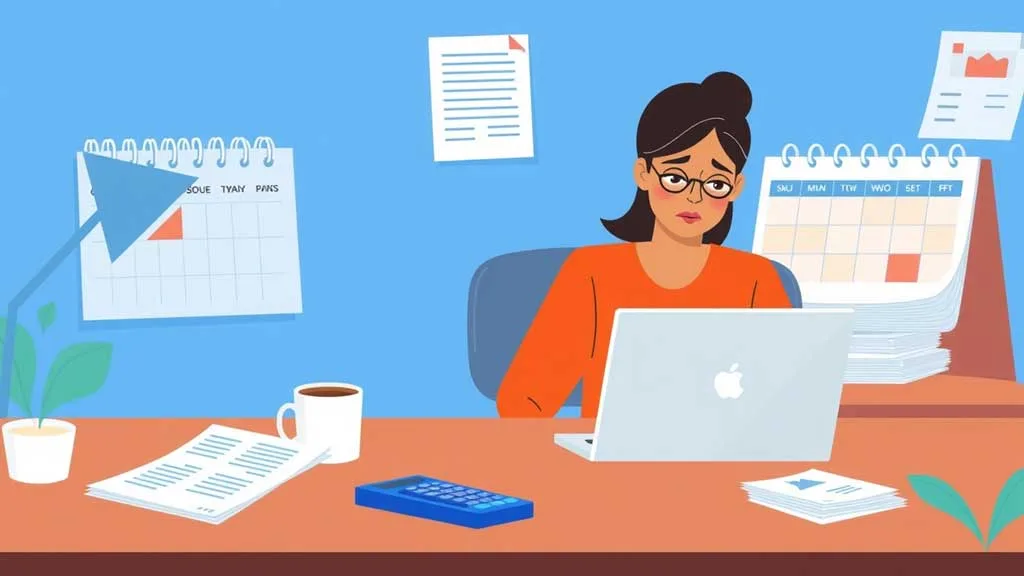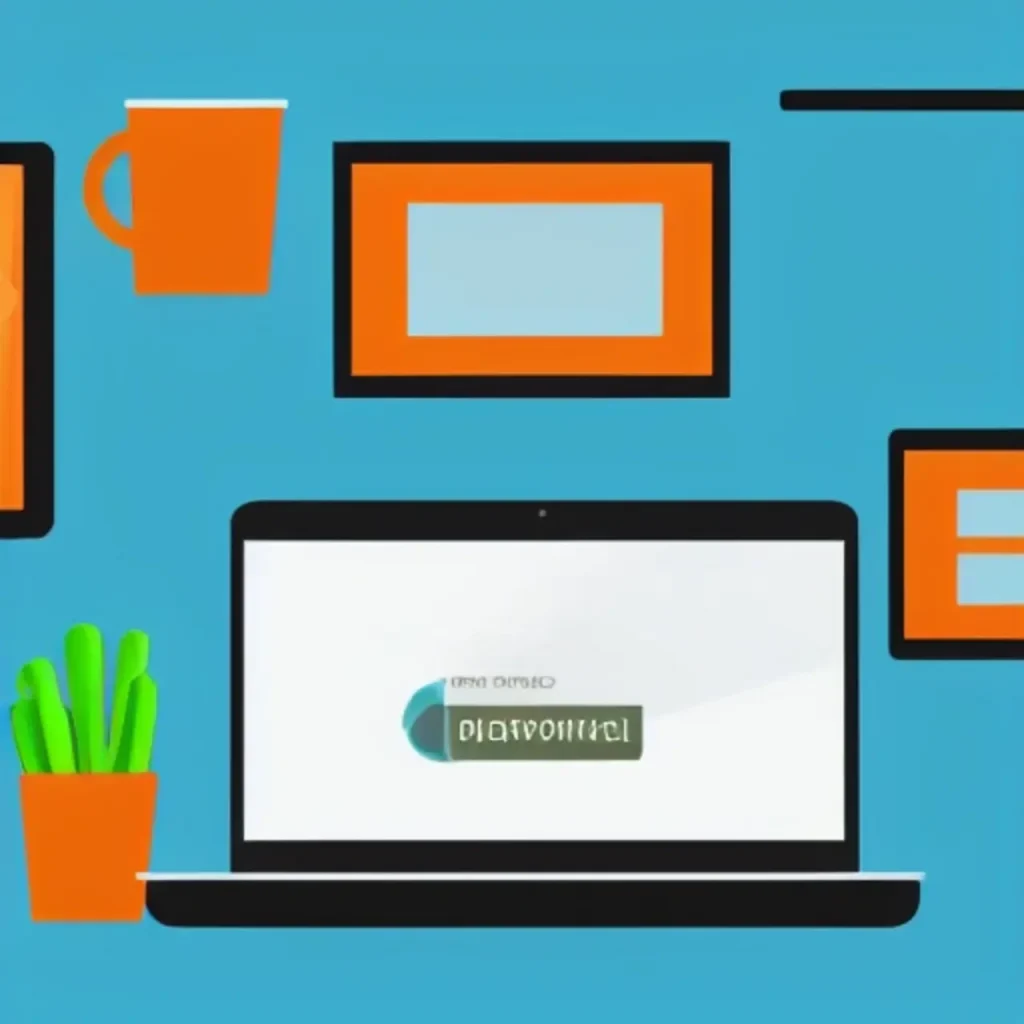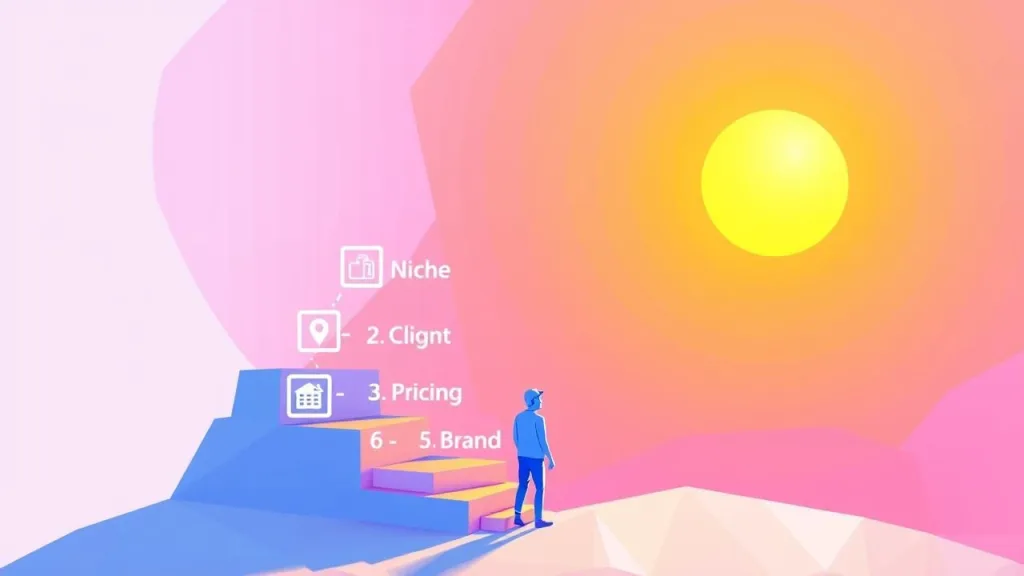A Client Isn’t Paying? Your Step-by-Step Guide to Invoicing & Collections
You’ve delivered exceptional work, met all deadlines, and then… silence. The invoice has gone unpaid. For freelancers, dealing with late or non-paying clients is a harsh reality, but it doesn’t have to derail your business. Knowing how to invoice effectively and navigate the collections process is crucial for maintaining healthy cash flow and protecting your hard-earned income. If you’re facing a situation where a client not paying, invoicing, and collections are on your mind, this guide provides a clear, step-by-step approach.
This walkthrough covers best practices for invoicing to prevent payment issues in the first place, and then details a tiered strategy for following up and ultimately recovering payment. Let’s equip you with the tools to get paid what you’re owed.
Preventative Measures: The Art of Effective Invoicing
The best way to avoid non-payment is to set clear expectations and make invoicing as smooth as possible from the outset.
1. Clear Contracts and Agreements
Before any work begins, ensure you have a solid contract or agreement in place. This is your first line of defense.
- Scope of Work: Clearly define deliverables, timelines, and project scope.
- Payment Terms: Specify payment due dates (e.g., Net 15, Net 30), accepted payment methods, and any late payment penalties.
- Deposit Requirements: For larger projects, request an upfront deposit (e.g., 25-50%) to secure commitment and cover initial costs.
- Late Fees: Clearly state any interest or late fees that will be applied to overdue invoices.
2. Professional and Detailed Invoices
Your invoice should be clear, accurate, and professional. It should leave no room for ambiguity.
- Essential Information:
- Your business name, address, and contact information.
- Client’s business name and contact information.
- Unique invoice number.
- Date of issue.
- Due date for payment.
- Detailed breakdown of services rendered (description, hours, rate, quantity).
- Total amount due.
- Accepted payment methods and instructions.
- Any applicable taxes or late fees.
- Timely Delivery: Send your invoice immediately upon completion of work or according to your contract terms.
3. Offer Convenient Payment Options
Make it as easy as possible for clients to pay you.
- Multiple Methods: Offer bank transfers, credit/debit card payments (via Stripe, PayPal, Square), and checks.
- Online Payment Links: Utilize services that allow you to embed payment links directly into your invoices or emails.
When a Client Isn’t Paying: Your Collections Strategy
Despite your best efforts, sometimes invoices go unpaid. Here’s a tiered approach to collections, starting with gentle reminders and escalating as needed.
Tier 1: Gentle Reminder (1-3 Days Past Due)
Often, clients simply forget or overlook an invoice. A polite nudge can resolve the issue quickly.
- Timing: Send a friendly email a few days after the due date.
- Content:
- Subject line: “Friendly Reminder: Invoice [Invoice Number] Due”
- Polite tone: “Hope you’re having a great week. Just a friendly reminder that invoice [Invoice Number] for [Amount] was due on [Due Date].”
- Re-attach Invoice: “I’ve re-attached a copy for your convenience.”
- Offer Assistance: “Please let me know if you have any questions or if payment has already been sent.”
Tier 2: Firm Follow-Up (5-7 Days Past Due)
If the gentle reminder yields no response or payment, it’s time for a firmer, but still professional, follow-up.
- Timing: Send another email or make a phone call.
- Content:
- Subject line: “Action Required: Invoice [Invoice Number] Overdue”
- Direct tone: “This is a follow-up regarding invoice [Invoice Number], which is now [Number] days past due. The total amount outstanding is [Amount].”
- Reference Contract: “As per our agreement, payment was due on [Due Date].”
- State Next Steps (Optional but effective): “We require payment within the next [Number] business days to avoid late fees.”
- Offer to Discuss: “If you are experiencing difficulties with payment, please contact me immediately to discuss potential arrangements.”
Tier 3: Formal Demand Letter (10-14 Days Past Due)
If previous attempts have failed, it’s time to send a more formal demand.
- Format: Send this via email and consider certified mail for proof of receipt.
- Content:
- Subject line: “FINAL DEMAND FOR PAYMENT: Invoice [Invoice Number] – Overdue”
- Formal tone: “This letter serves as a formal demand for payment of invoice [Invoice Number] for services rendered. The outstanding amount of [Amount] was due on [Due Date] and remains unpaid.”
- State Consequences: “Failure to remit payment within [Number] days of the date of this letter will result in further action, which may include applying late fees as per our contract, and potentially engaging a collections agency or pursuing legal remedies.”
- Clear Call to Action: “Remit payment immediately to avoid further action.”
Tier 4: Escalation – Collections Agency or Small Claims Court
If all prior attempts fail, you have more serious options.
- Collections Agency: You can turn the debt over to a collections agency. They will attempt to collect the debt, but they typically take a significant percentage of the recovered amount. Choose an agency specializing in commercial debt collection.
- Small Claims Court: For smaller debts (the limit varies by state/jurisdiction), you can sue the client in small claims court. This is often less expensive and complex than traditional litigation. You’ll need to present your evidence, including contracts and communication records.
- Legal Counsel: For larger debts or complex situations, consult with a lawyer specializing in contract law or collections.
Key Principles for Collections
- Document Everything: Keep meticulous records of all invoices sent, communication (emails, call logs), and payment attempts. This documentation is vital if you need to escalate.
- Stay Professional: Even when frustrated, maintain a professional tone in all communications. Emotional outbursts can hurt your case.
- Know Your Contract: Refer back to your original agreement regarding late fees, payment terms, and dispute resolution.
- Be Consistent: Apply your invoicing and collections process consistently to all clients.
- Know When to Walk Away: Sometimes, the cost of pursuing a small debt (in terms of time, energy, and potential legal fees) might outweigh the amount owed.
Conclusion
Dealing with a client not paying is a challenge many freelancers face, but with a solid invoicing system and a clear collections strategy, you can significantly mitigate these risks and ensure you get paid for your work. Prevention through clear contracts and professional invoices is key. When payment is delayed, follow a structured, escalating approach – starting with polite reminders and moving to more formal actions if necessary. Maintaining professionalism and thorough documentation throughout the process will protect your business and your income. Don’t let unpaid invoices undermine your freelance career.
FreelanceFin’s opinion: Getting paid is a critical part of the business, not just the creative process. Be firm, be professional, and don’t be afraid to advocate for your work. What’s your most effective strategy for chasing late payments? Share in the comments!
FAQ
What should I do if a client ignores my invoices?
Start with a friendly reminder email. If that doesn’t work, escalate to a firmer follow-up, possibly a phone call. Document all your attempts. If the client continues to ignore you, you may need to send a formal demand letter or consider collections.
How do I enforce late fees if the client doesn’t pay?
Late fees are only enforceable if they are clearly stated in your contract and on your invoices before the work is completed. Ensure your contract specifies the percentage or fixed amount of the late fee and the period it applies.
When should I consider sending a client to collections?
Generally, you would consider collections after you have exhausted all your direct communication and follow-up efforts, including a formal demand letter, and the invoice remains unpaid for a significant period (e.g., 30-60 days past due).
Can I stop working for a client who isn’t paying?
Yes, if your contract allows for it. If a client has missed a payment milestone or a deposit was required and not paid, you can often pause or stop work until payment is received, as per the terms of your agreement.
What information do I need for small claims court?
You’ll need copies of your contract, all invoices sent, proof of delivery of services, all communication records (emails, letters), proof of payment attempts, and any other evidence that supports your claim for payment.
References and Futher Reading
- The Balance: How to Collect from Late-Paying Clients
- NerdWallet: How to Collect Payment from Clients
- Forbes Advisor: Collections Strategy
- UpCounsel: Demand Letter for Payment
- Entrepreneur: What to Do When Clients Don’t Pay
- Small Business Administration (SBA): Manage Your Finances
- FreshBooks Blog: Client Not Paying? What To Do
- LegalZoom: How to Write a Demand Letter
- HubSpot: Invoice Best Practices
- GOV.UK: Business legal contracts
Article last updated: October 26, 2023. Information is for general guidance only and not a substitute for professional legal or financial advice. Contract terms and local laws may vary.




